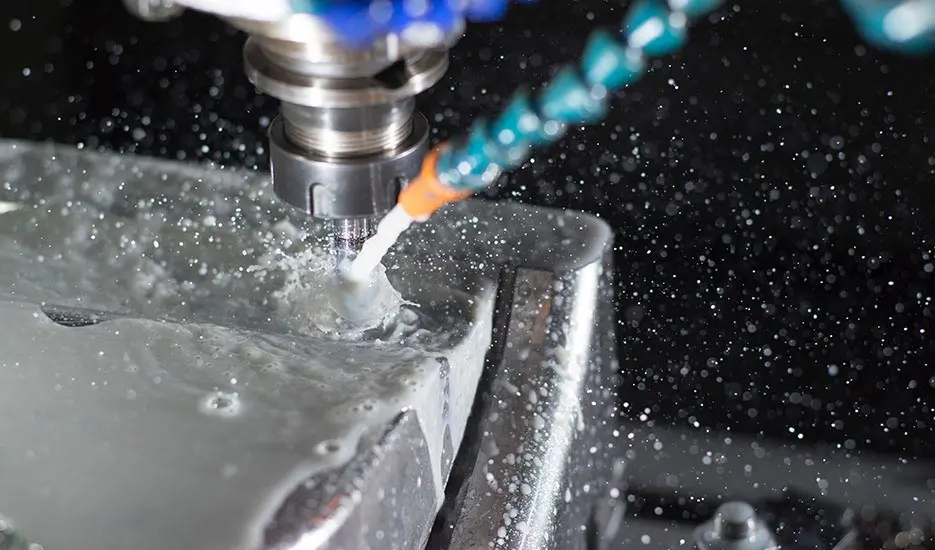As the central unit of a milling machine, milling spindles combine power, dynamics, and precision in material processing. They control the tool during machining and directly influence the machining quality and productivity.
Without powerful milling spindles, complex geometries, tight tolerances, and economical machining times would not be possible in modern manufacturing.

A milling spindle consists of four central components:
Spindle shaft – bearing technology – drive system – cooling elements & lubrication solutions
Only the precise interaction of these components enables high speeds, stable machining processes, and a long service life.
The spindle shaft transmits the cutting forces directly to the tool and is subject to considerable mechanical stress. High-quality bearing technology minimizes vibrations, ensures smooth running, and guarantees dimensional accuracy.
Various drive concepts are used: direct drives impress with their dynamics, belt drives with their flexibility, and motor spindles with their compact design and energy efficiency.
Milling processes generate frictional heat, which would lead to inaccuracies and increased wear if no countermeasures were taken. That is why modern milling spindles have integrated cooling systems that regulate temperature peaks and ensure process reliability. In addition, optimized lubrication solutions extend the service life of the bearings and increase operational reliability in continuous operation.
Milling spindles are used in numerous industries because they can machine a wide variety of materials with high efficiency — from aluminum and steel to composite materials. Requirements for torque, cutting speed, and accuracy vary depending on the industry.
In tool and mold making, milling spindles enable the production of complex geometries and high-gloss surfaces. They are crucial for injection molds, pressing tools, and custom-made products, where precise tolerances determine the service life of the end product.
In the automotive and aerospace industries, components such as engine blocks, chassis components, and turbine elements must be produced quickly and reliably. Milling spindles offer the necessary combination of performance, rigidity, and process reliability to manufacture even large series precisely and economically.
In medical technology and electronics manufacturing, milling spindles are used to produce the smallest components — from implants and surgical instruments to printed circuit boards. Even minimal deviations could impair functionality or safety, which is why absolute precision is essential.
The actual performance of a milling spindle can be determined based on the characteristics of speed, torque, rigidity, and drive type. These characteristics provide information about which materials and machining strategies can be reliably implemented with a spindle.
Speeds and torque for different materials
While light metals such as aluminum require high cutting speeds, powerful torque is more important for tough materials such as steel or titanium. Modern spindles combine both properties, enabling flexible machining of different materials.
Steifigkeit und Vibrationsdämpfung für exakte Resultate
Rigidity and vibration damping for precise results
High rigidity reduces deflection under load, while effective damping minimizes vibrations. The interaction of these properties ensures consistent machining quality—even with long production cycles or large-volume workpieces.
The choice of drive affects dynamics, maintenance requirements, and energy efficiency:
The right solution depends on the production environment and the desired machining goals
High-performance milling spindles offer significant economic advantages. They help to reduce production costs, increase capacity utilization, and make more efficient use of resources.
With decades of experience in the development and manufacture of milling spindles, GMN sets standards in precision and reliability. Each spindle is manufactured according to clearly defined quality standards and designed for long-term durability in industrial use.